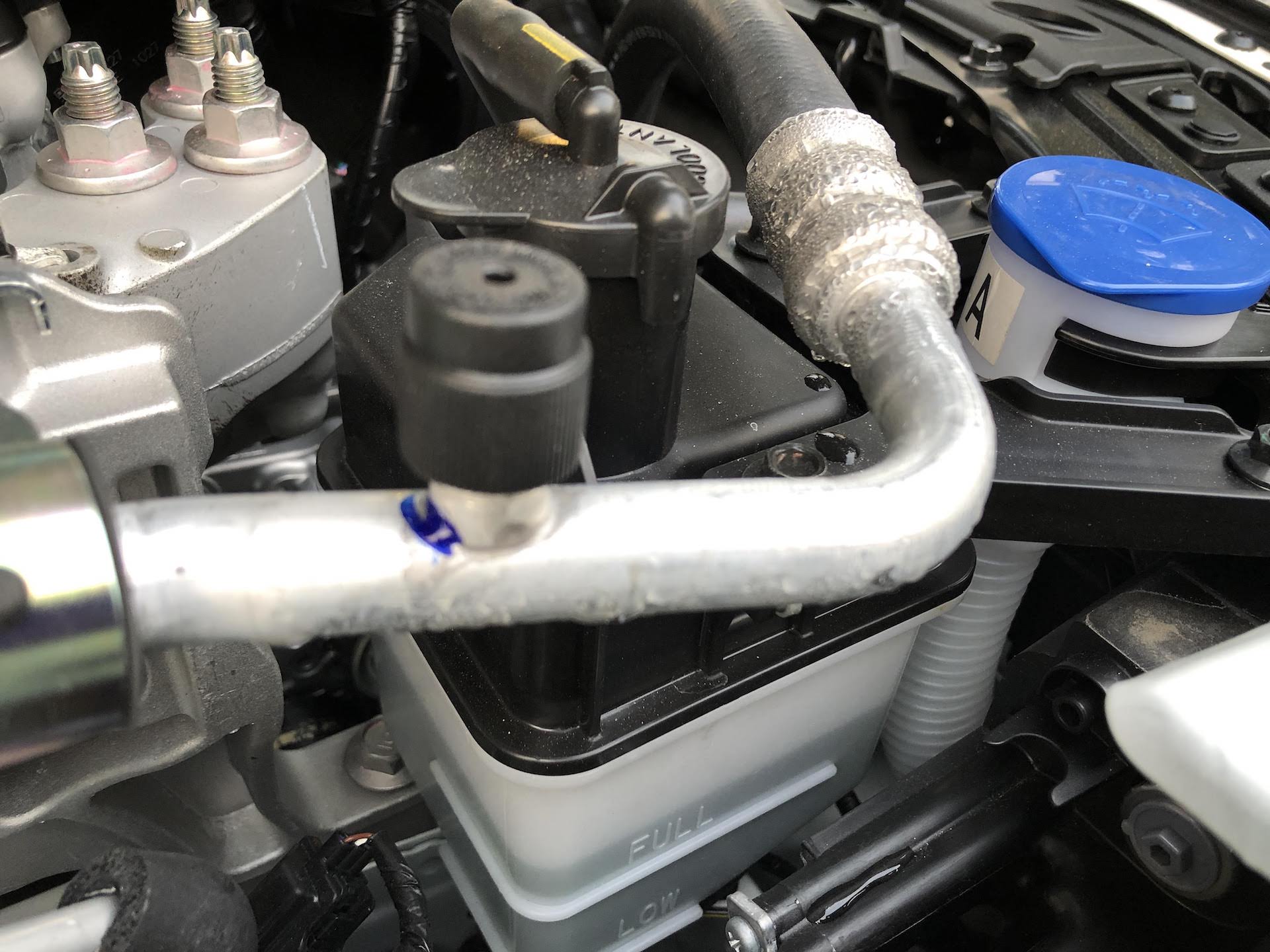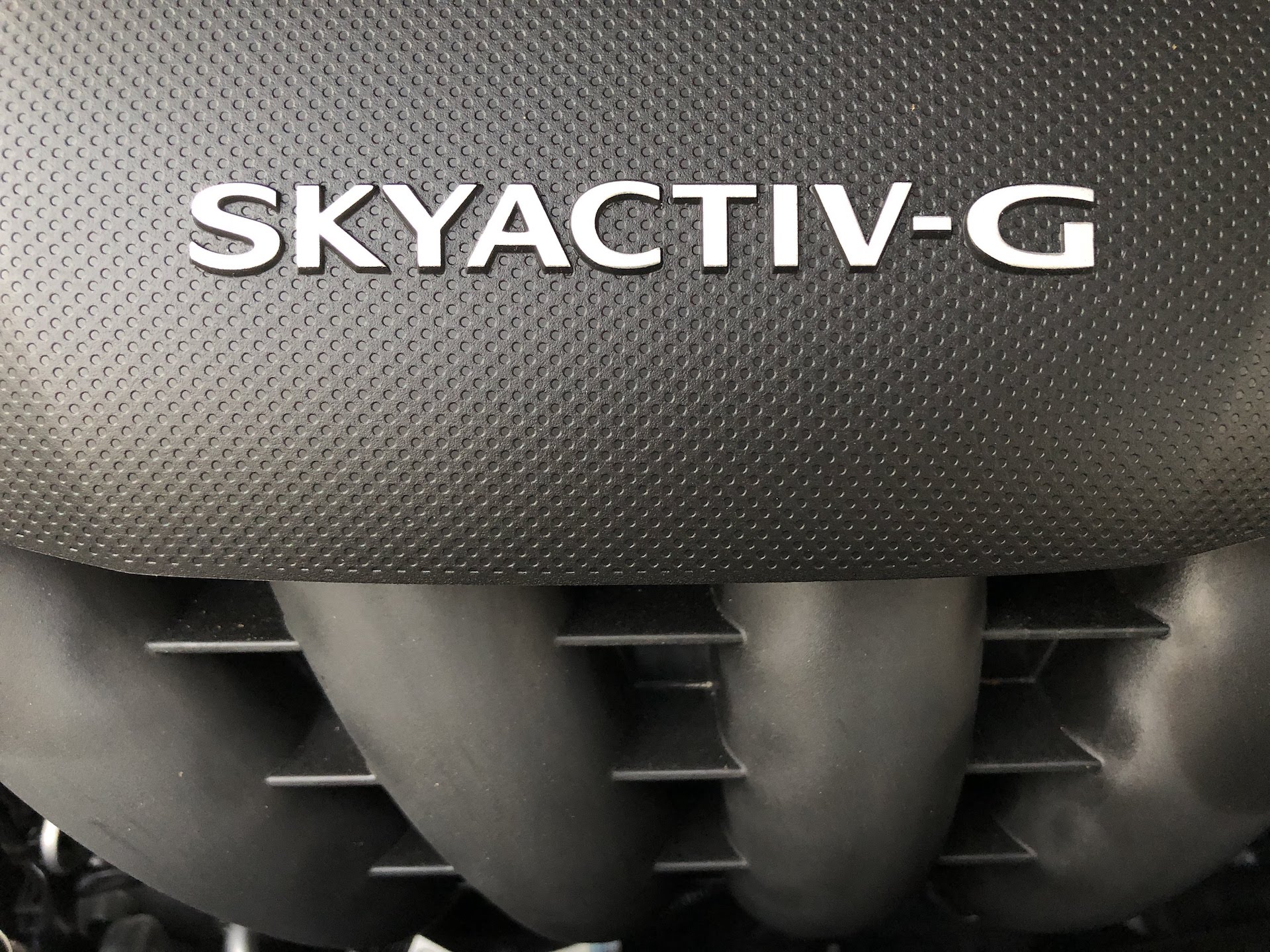Cars
Understanding The Features Of SKYACTIV-G
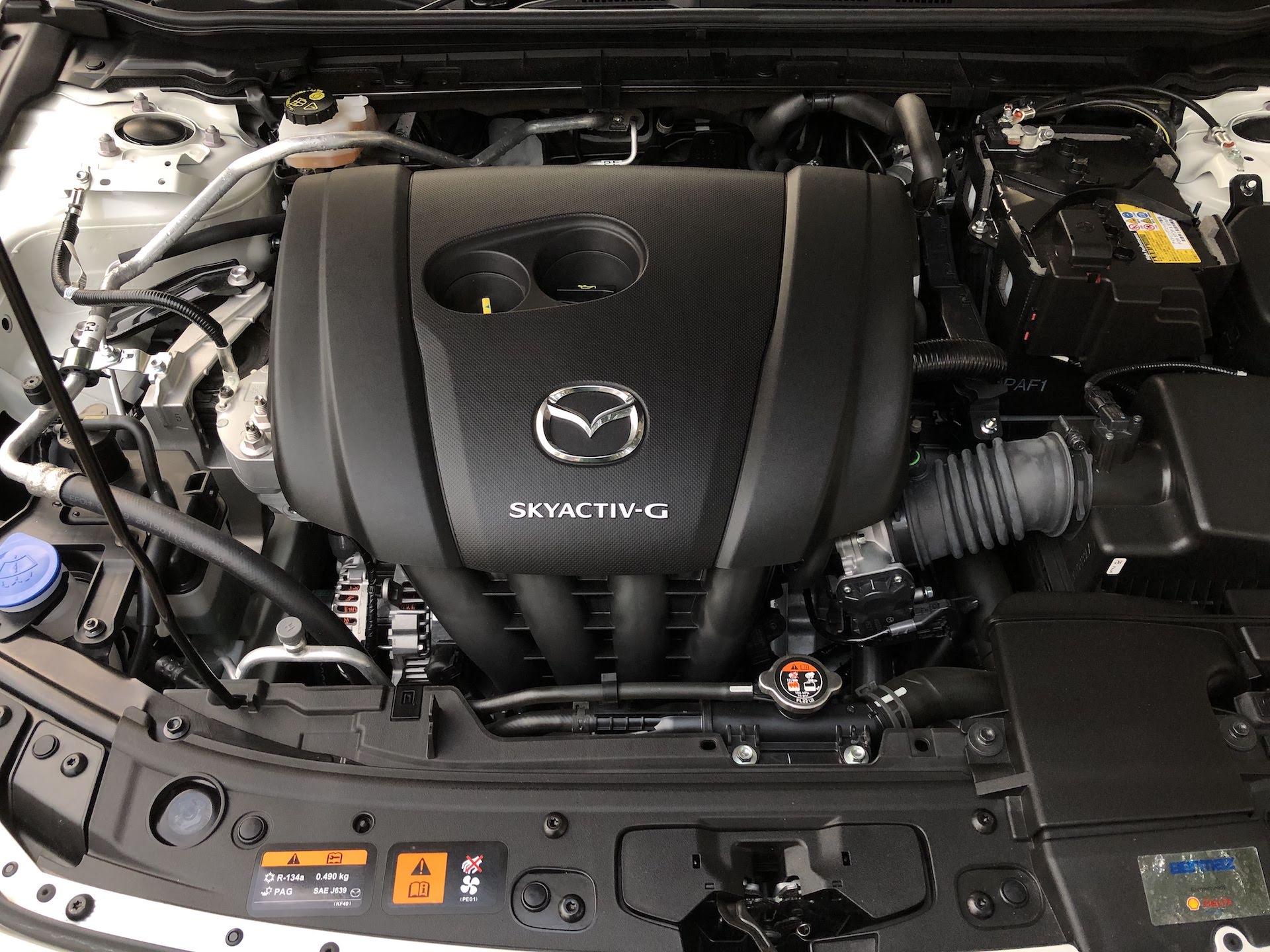
A new-generation highly-efficient direct-injection petrol powered engine that achieves the world’s highest gasoline engine compression ratio of 14.0:1.
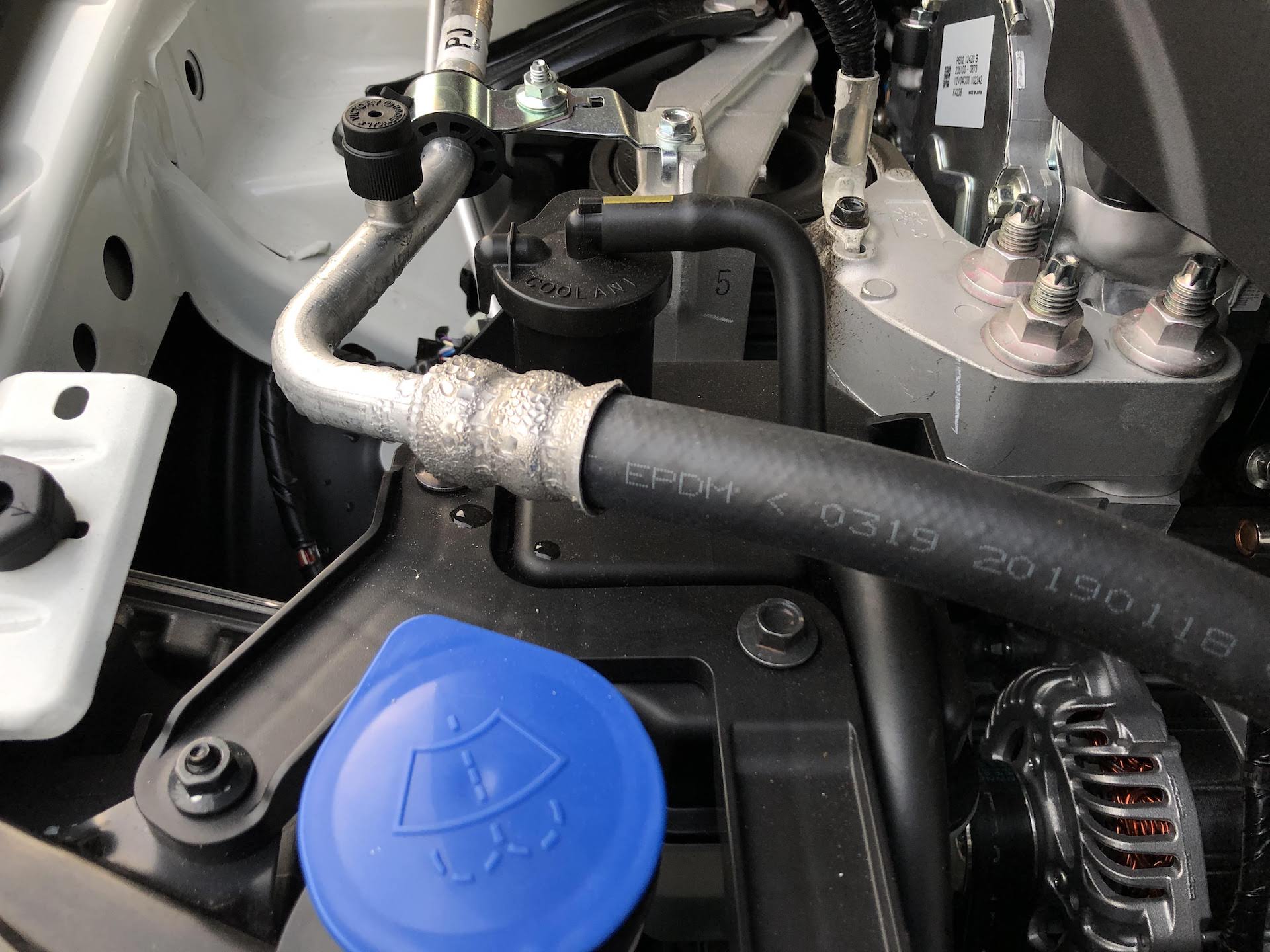

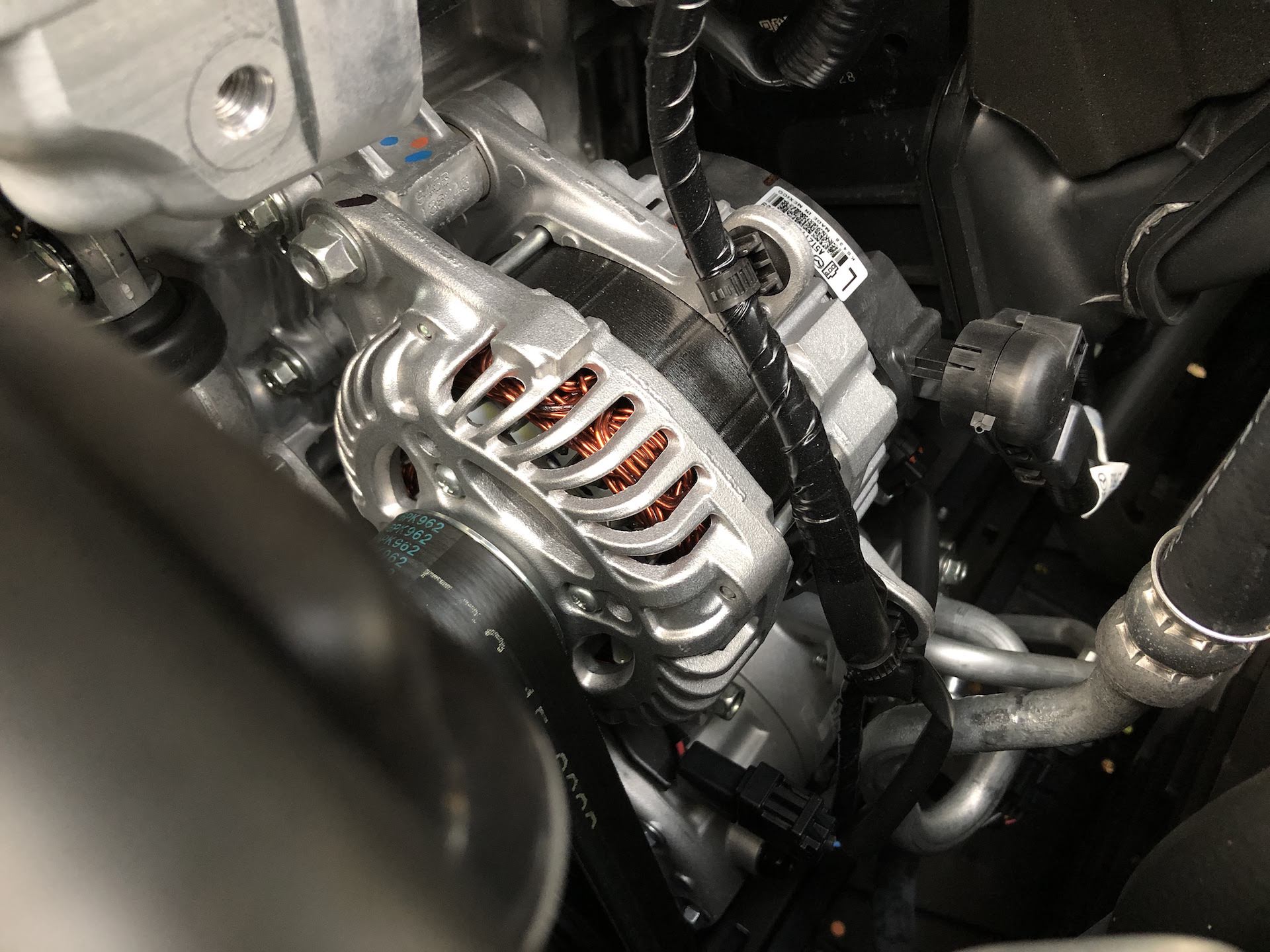

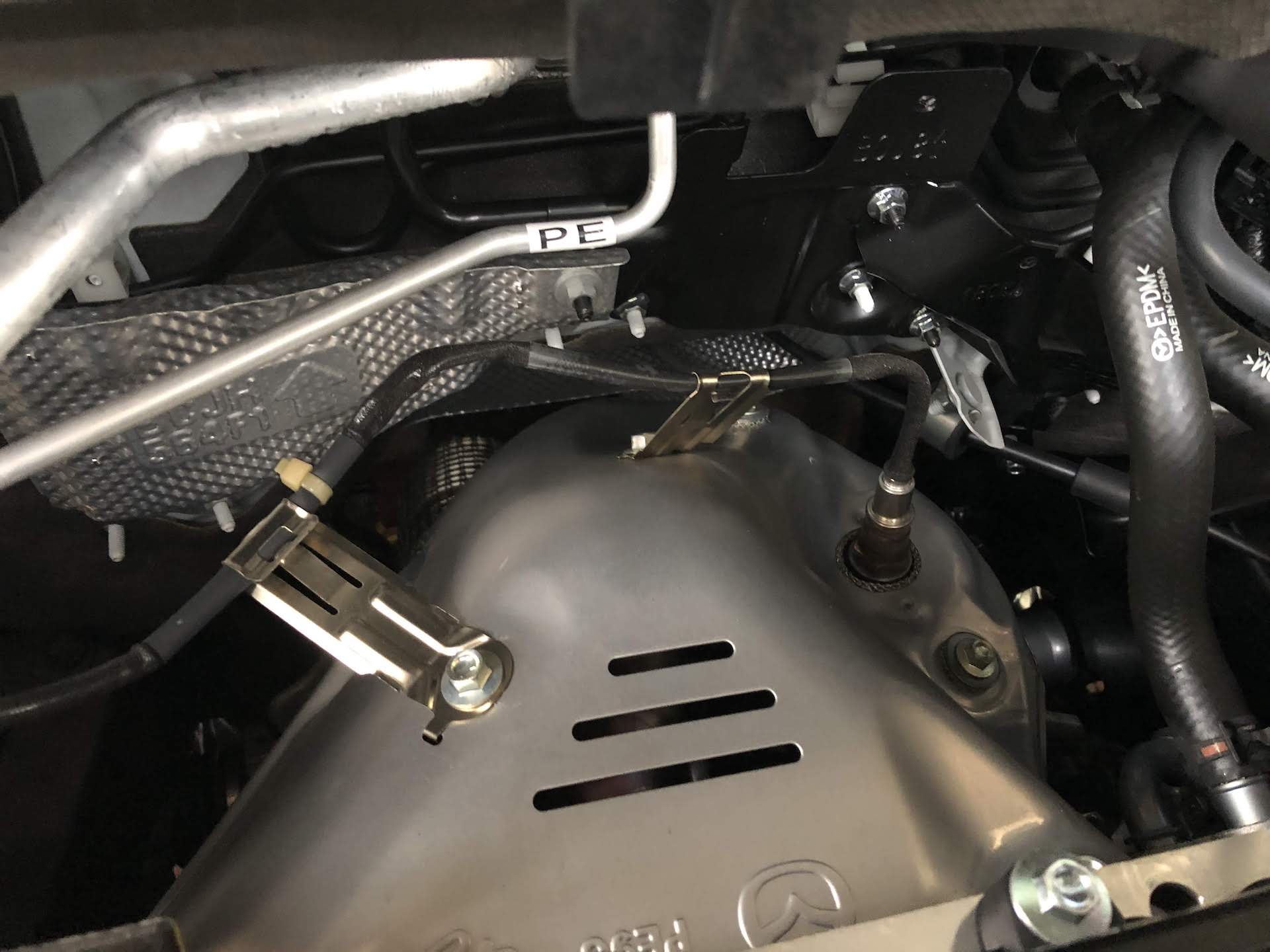
4 Main Features Of SKYACTIV-G
- The world’s first gasoline engine for mass production vehicles to achieve a high compression ratio of 14.0:1
- Significantly improved engine efficiency thanks to the high compression combustion, resulting in 15 percent increases* in fuel efficiency and torque
- Improved everyday driving thanks to increased torque at low- to mid-engine speeds
- A 4-2-1 exhaust system, cavity pistons, multihole injectors and other innovations enable the high compression ratio
*The 15% improvement in fuel efficiency and torque was calculated by comparing SKYACTIV-G to Mazda’s current petrol powered engine.


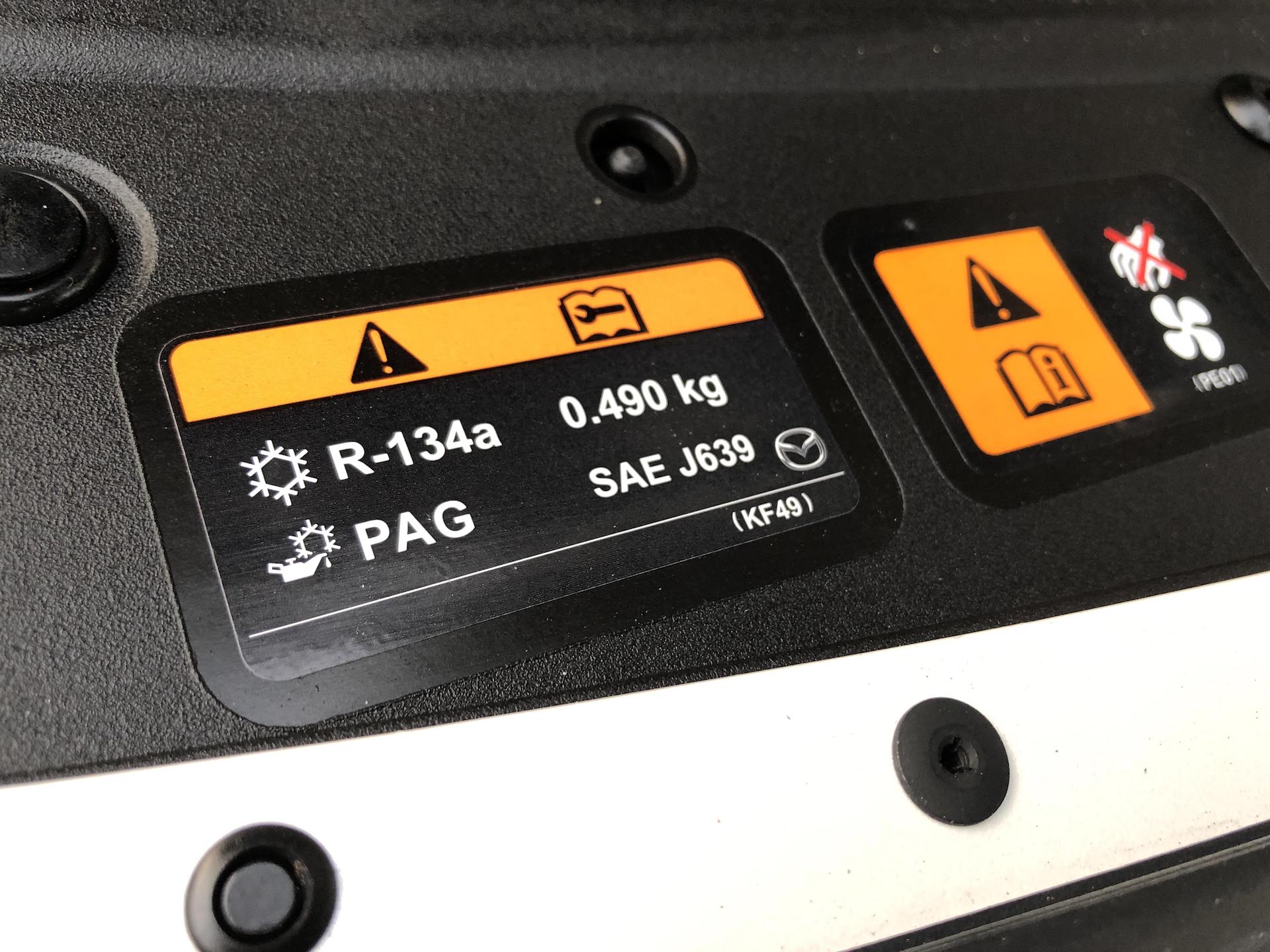
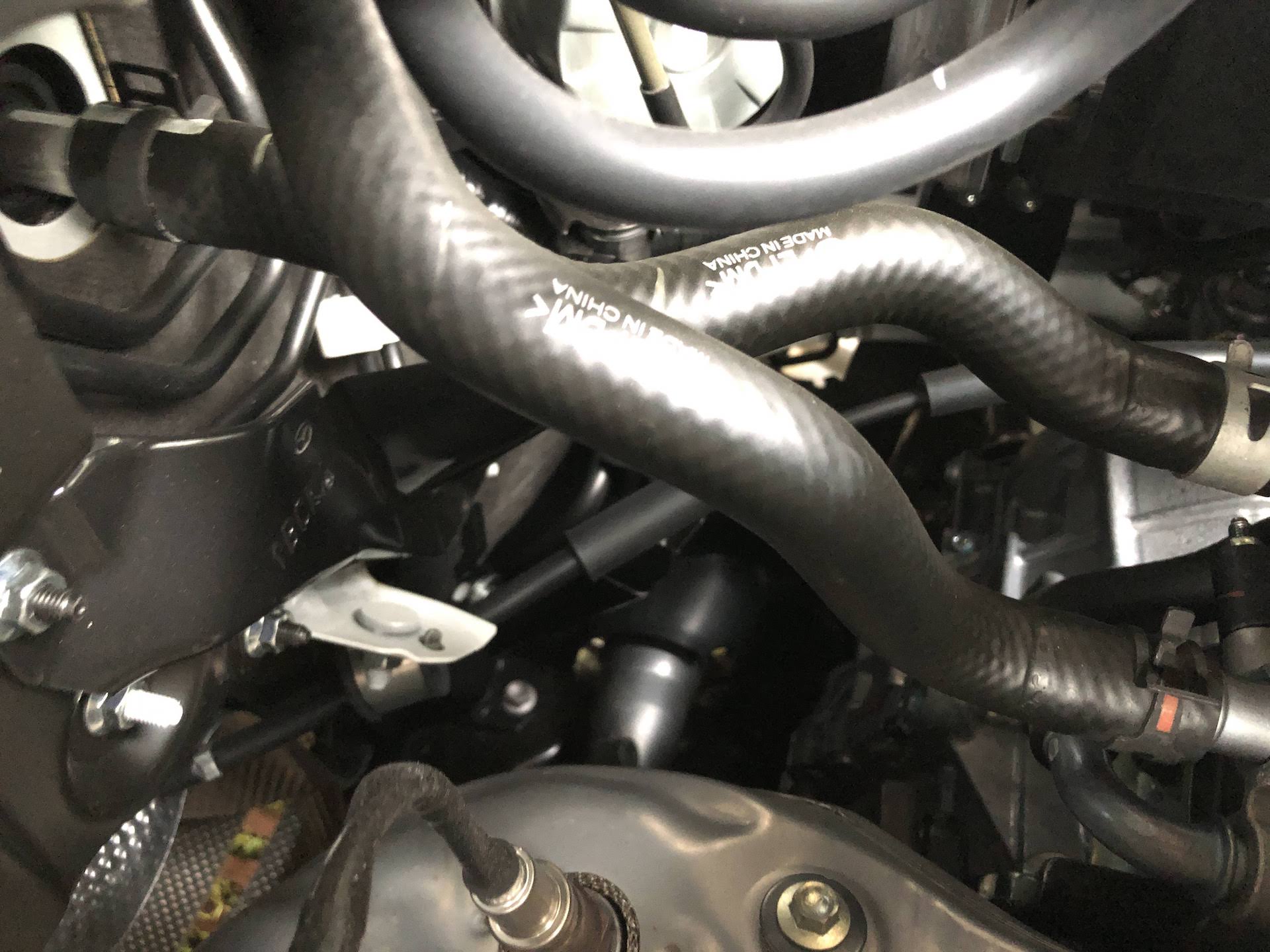
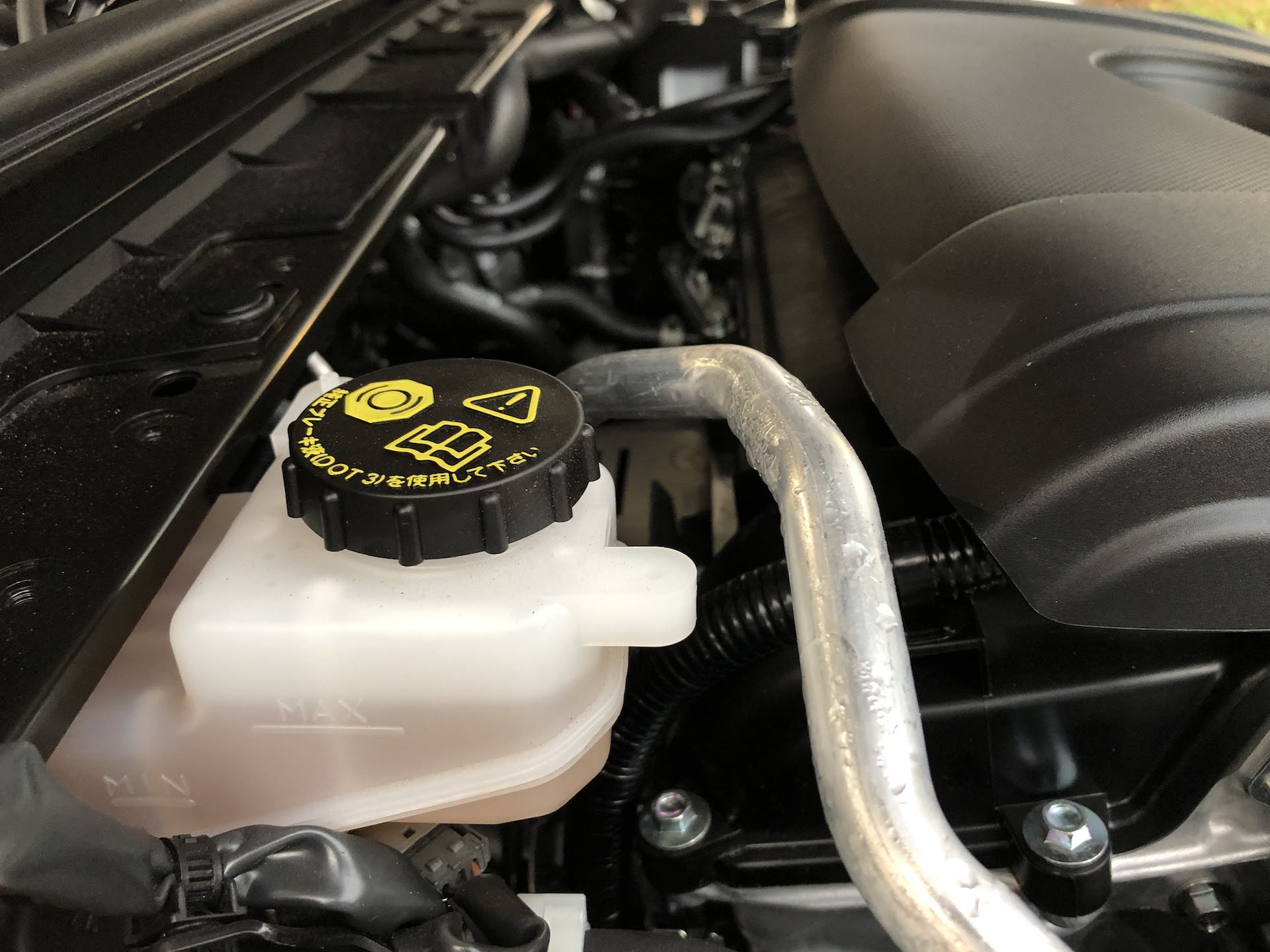
Compression ratio, fuel economy and torque vary according to market, carline and transmission.
3 Merits & Issues Of A High Compression Ratio
- Increasing the compression ratio considerably improves thermal efficiency. The compression ratio of recent gas engines is generally around 10:1 to 12:1.
- Theoretically, if the compression ratio is raised from 10:1 to 15:1, the thermal efficiency will improve by roughly 9%. However, one of the reasons preventing the spread of high compression ratio gas engines is the large torque drop due to knocking.
- Knocking is abnormal combustion in which the air-fuel mixture ignites prematurely due to exposure to high temperature and pressure, creating an unwanted high-frequency noise. When the compression ratio is increased, the temperature at compression top dead center (TDC) also rises, increasing the probability of knocking.
